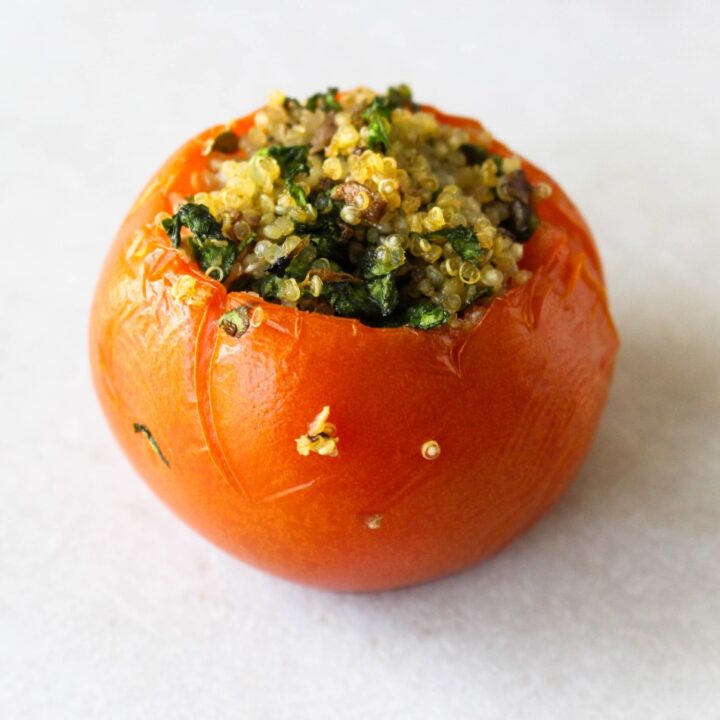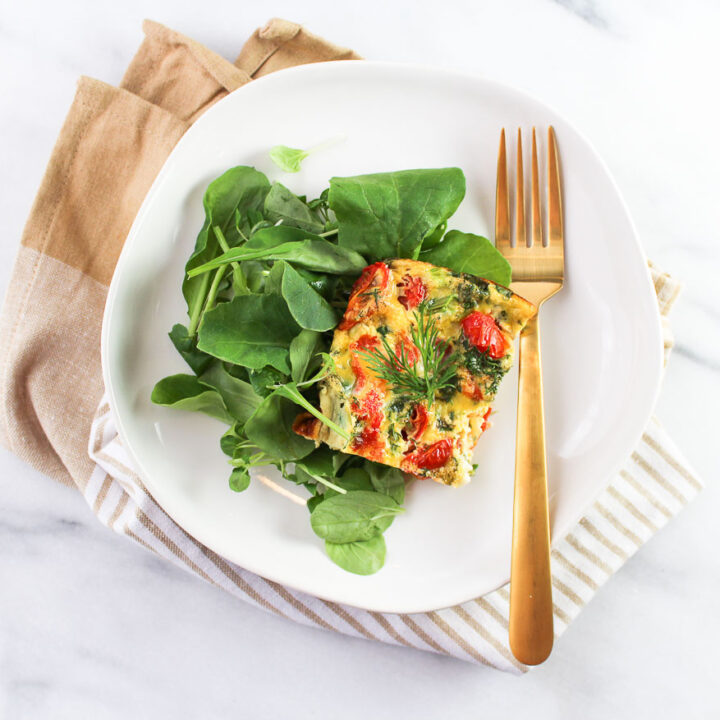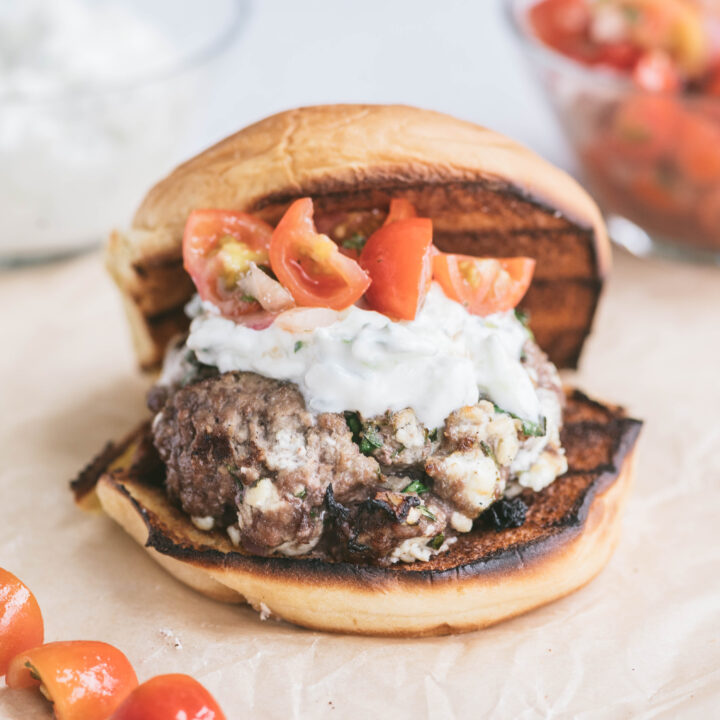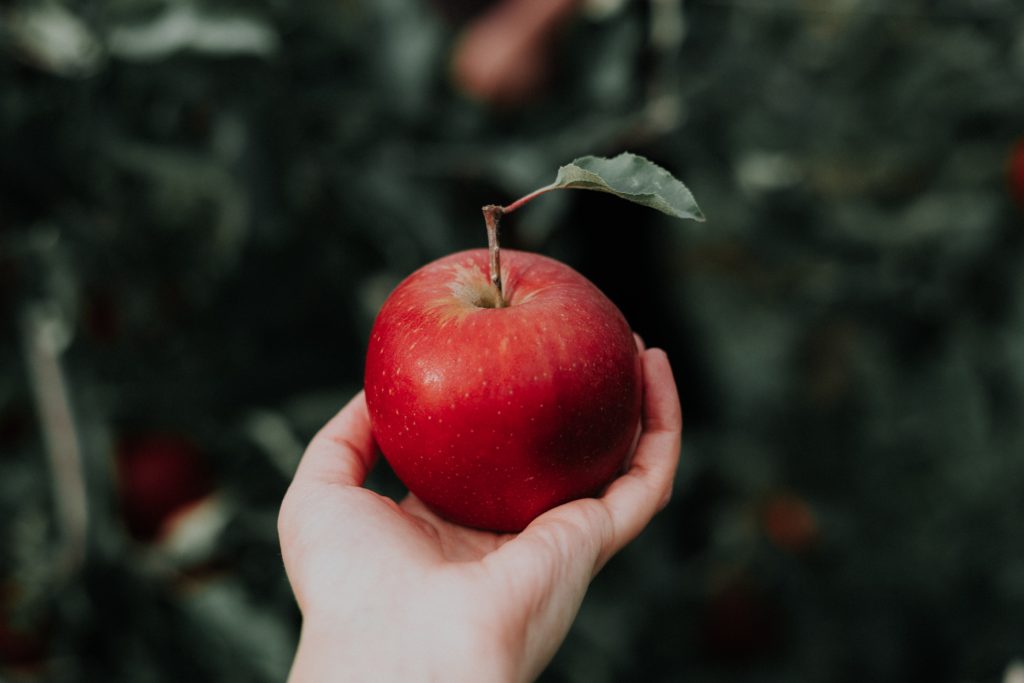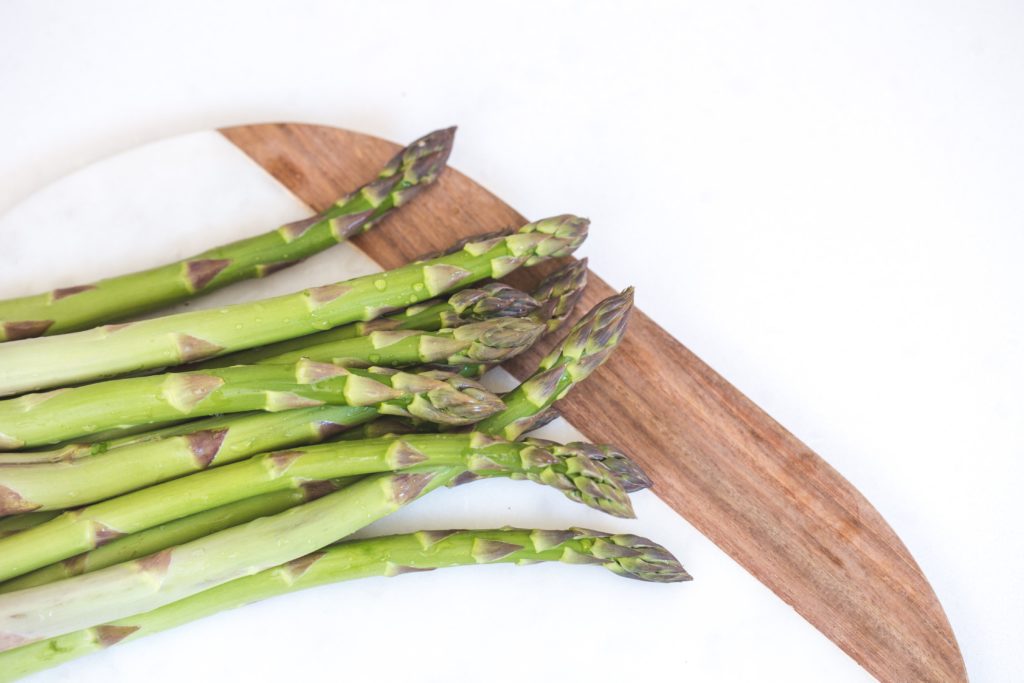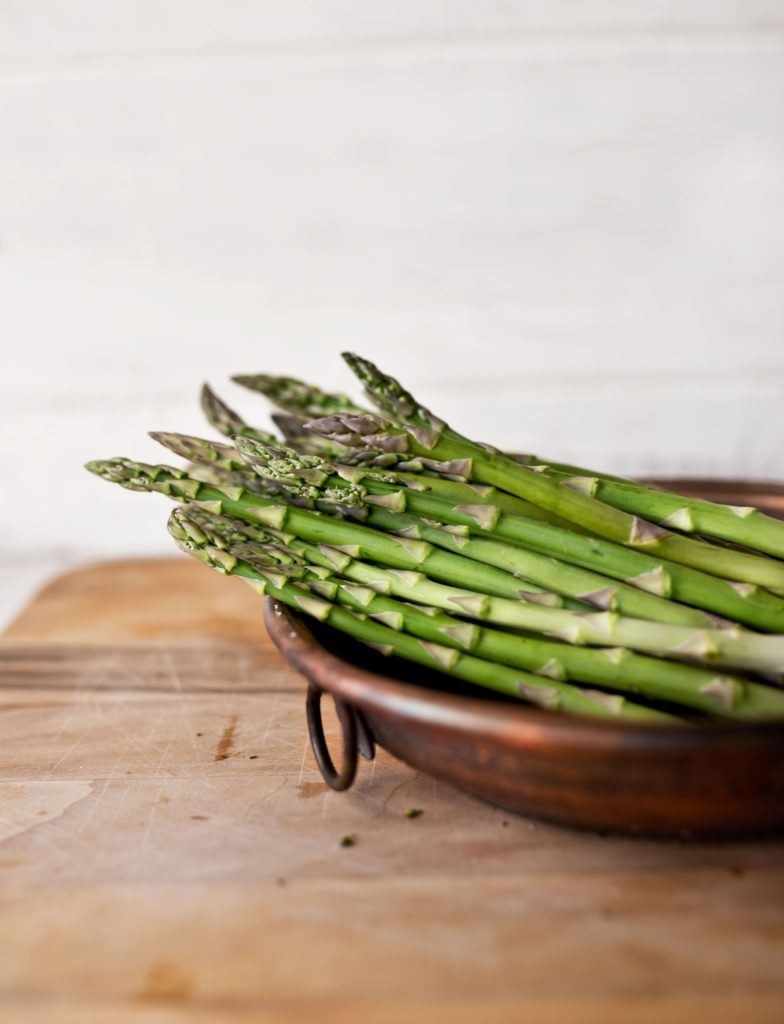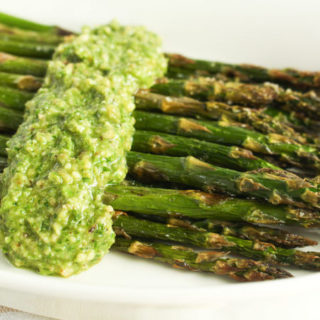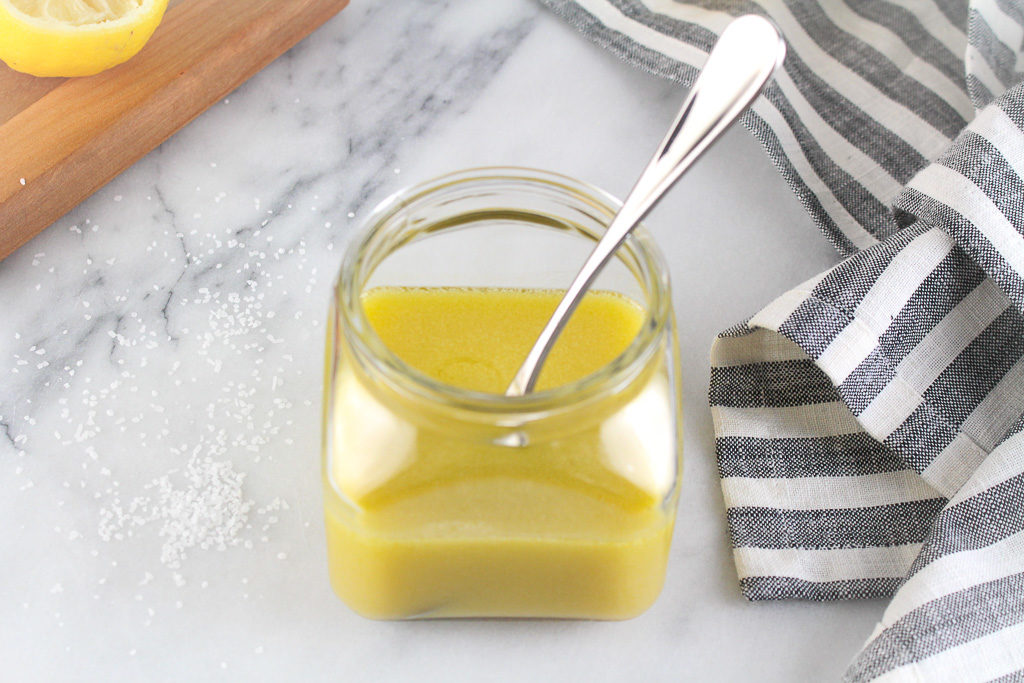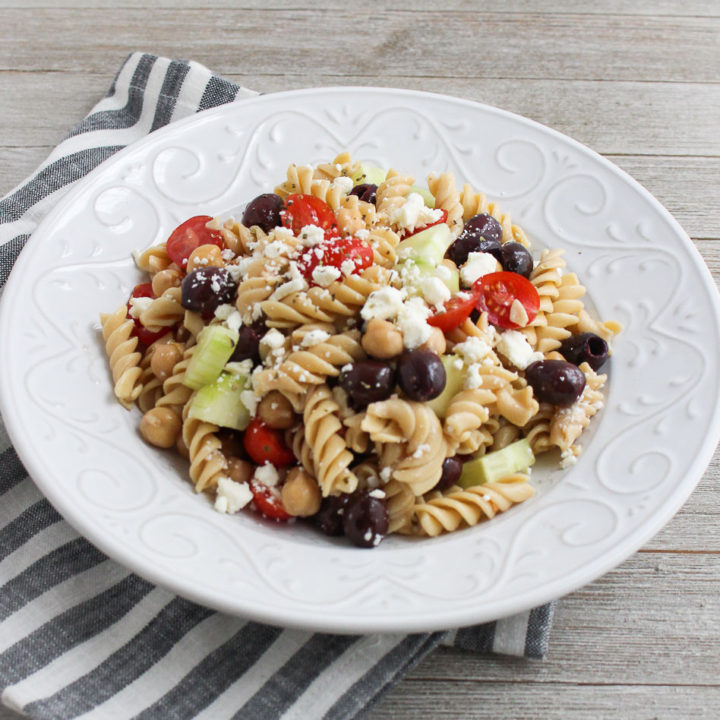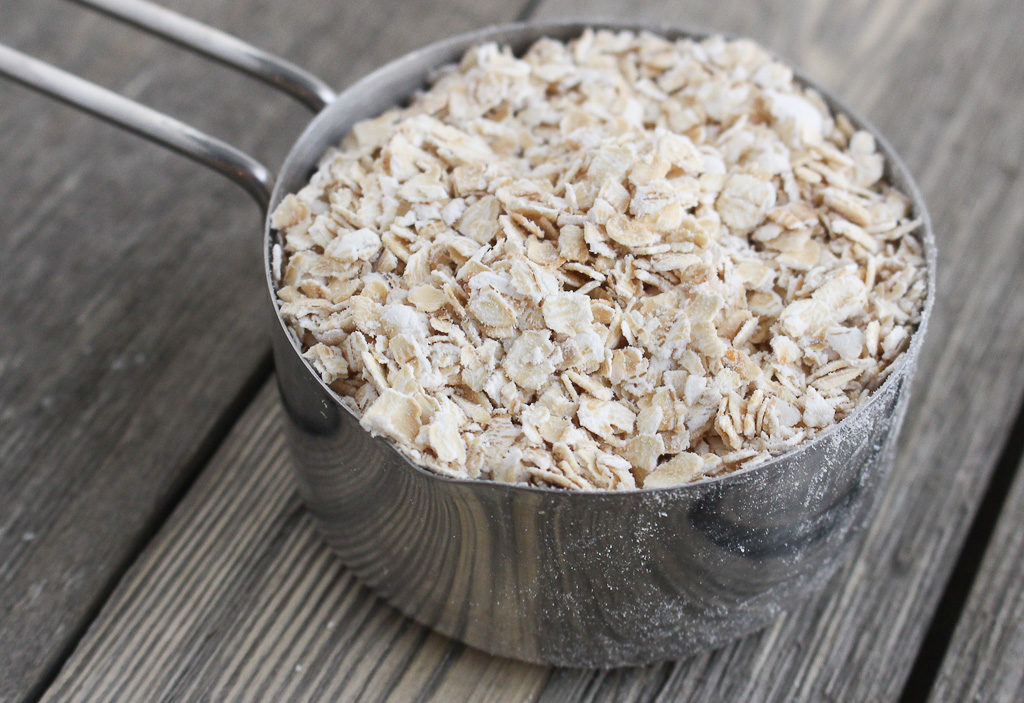Fire up your grills. It’s burger season. Let’s Build a Better Burger! Burgers are just not simply a beef patty between a sesame seed bun anymore. Grillers are getting a little more creative and adding healthy twists to classic BBQ fare.
Choose Your Protein:
First, choose your meat or meatless patty. Choose the protein you enjoy.
For Beef
Look for 90% lean beef. While others may challenge this choice saying more fat = more flavor, think about the rest of your burger. You can pack in plenty of flavors and have a juicy burger while trimming back on saturated fat from a beef burger. Look for lean beef options like ground sirloin.
For Poultry
For ground chicken and turkey, look for “breast meat” or “100% white meat” to ensure it’s coming from leaner parts of the poultry.
For your meat patties, salt, and pepper are really the only seasonings you need. Let all of the flavors of your burger shine.
Cooking Tip: Spatulas were made for flipping the patties, not pressing them. Ever heard that hissing sound when you pressed down on them? That’s all the flavorful juices dripping out. They belong in the burger!
Grilling Tip: To ensure the meat cooks evenly, make a thumbprint indentation into each patty before it goes on the grill. The indentation helps the patty hold its shape, rather than swelling, as it shrinks during the cooking process.
Going meatless? No problem!
Portobello mushrooms are the perfect stand-in for a hamburger. It has a hearty meaty texture, with no saturated fat or cholesterol. You can also try the “blend trend” and go 50/50 meat and mushrooms.
Pack your burger with pulses. Pulses are part of the legume family and are better known as beans and lentils. Peas, chickpeas, lentils, and dried beans like kidney or navy beans fall into the pulse category. Pulses are a nutrition powerhouse, full of protein, fiber, iron, zinc, and B-vitamins.
Bean burgers are often mixed with veggies and other whole grains. To prevent your bean burgers from falling apart on the grill, don’t forget a good binding agent, which is what is going to hold your burger together. An egg or even a “flax egg” (1 tbsp ground flax mixed with 3 tbsp warm water) can do the trick.
Pick Your Bun
You just made a tasty burger so don’t skimp out on the bun. A simple healthy swap is choosing a whole grain burger bun. Before you add those burger buns to your shopping cart, make sure the first ingredient listed is the word “whole”. Looking to trim back on carbs or need a gluten-free option? Try going bun-less! Sturdy lettuce or leafy green like iceberg lettuce, kale, or collard greens can be the perfect vessel to hold your delicious burger. Another idea is adding your burger between two grilled Portobello mushroom caps.
Load on the Produce
The produce possibilities are endless. The more the merrier!
You can go for the simple, LTO (lettuce, tomato, onion) or also enhance this classic topping with a culinary twist. Try using large leaf delicate lettuces like Bibb lettuce, opt for juicy heirloom tomatoes, and try pickled onions to enhance the flavors.
Sautéed mushrooms with caramelized onions are my personal favorite burger topping, but if you are looking for a sweet addition try adding grilled pineapple.
Want to add even more produce? Try packing your burger patties with veggies! It’s not only a sneaky way to add more vegetables and nutrients, but it also keeps the burger moist and juicy.
Sauce It Up
Let the ingredients speak for themselves. Don’t hide the delicious flavors of the burger and toppings itself by overdressing your burger. Add a dollop of ketchup, mustard, or BBQ sauce. Compare condiments before you grab one off the shelf in the grocery store. Look for condiments lower in sugar. Even better, make your own condiments.
Want to step your flavor game up a notch? Try adding other condiments like relish, sauerkraut, tzatziki sauce, guacamole, hummus, salsa, pesto, or hot sauce.
Top It Off
Say cheese! Hard and firm cheeses like cheddar, Parmesan, and gruyere work well with all kinds of burgers from beef, to poultry, to veggie versions. A little goes a long way.
Tip: To make sure it doesn’t take extra long to melt, let the cheese come to room temperature before adding to burgers.




